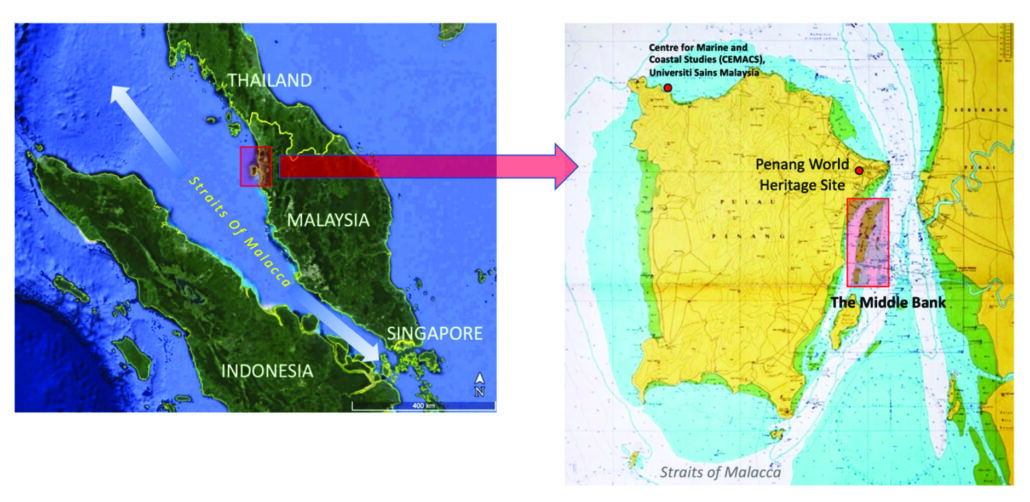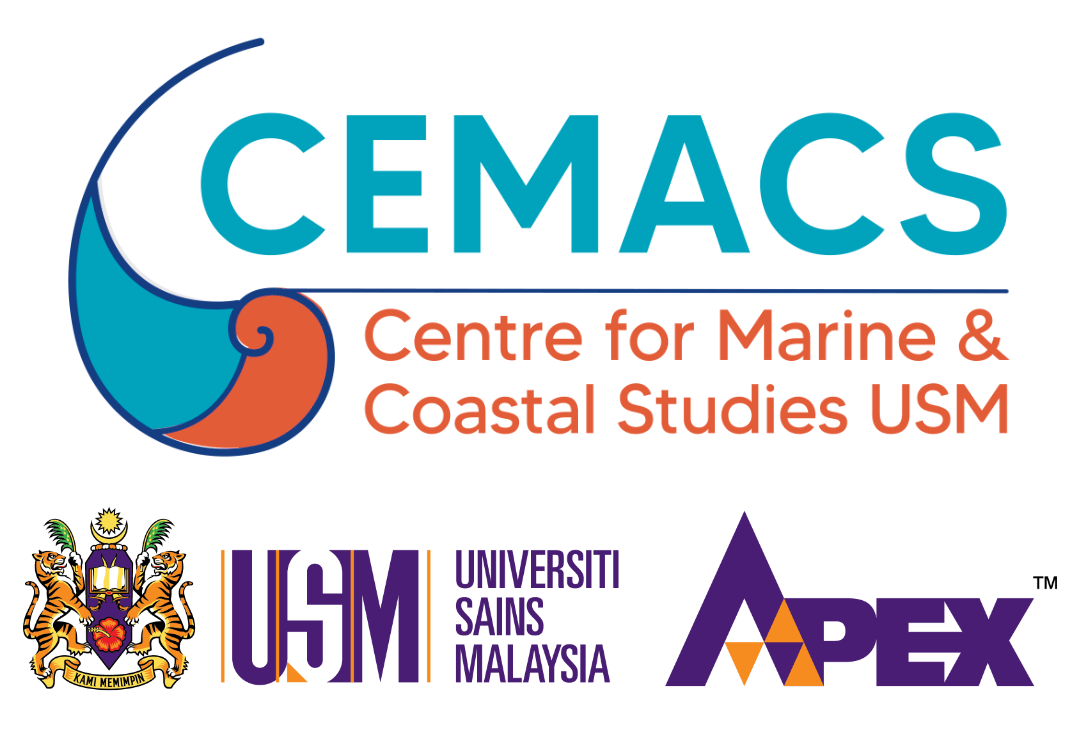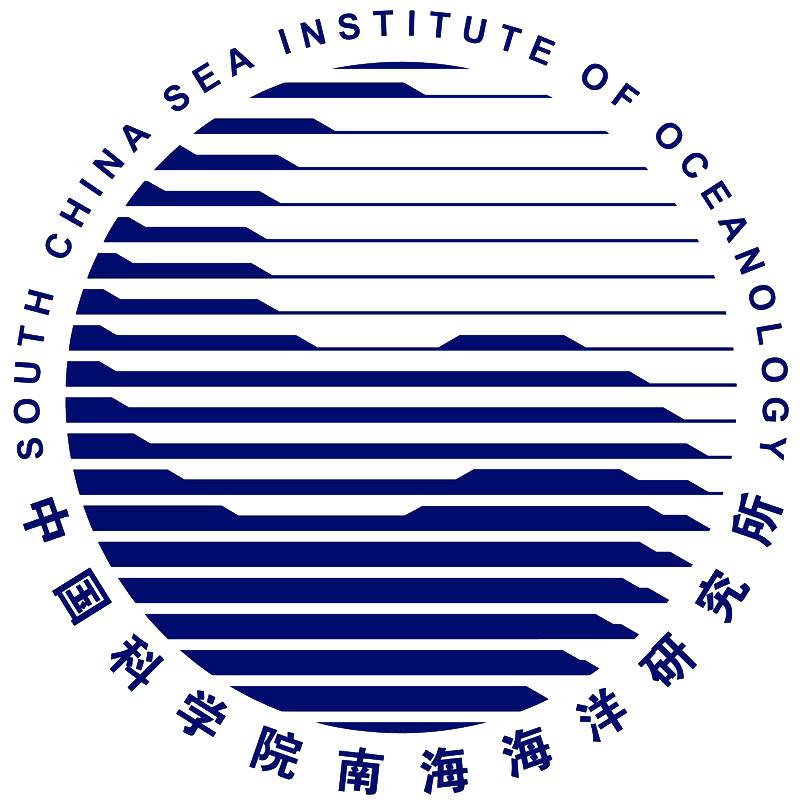Overview
The Straits of Malacca is the second busiest ocean maritime trade route in the world with a passage of over a thousand ships a day transiting its waterways. Naturally, this brings with it a lot of environmental pressure and risks to existing natural habitats. However, there are still very special pockets of marine habitats that possess high diversities of marine life such as shallow seas, intertidal mudflats, uninhabited islands and seagrass beds. We have chosen the Middle Bank (northern Straits of Malacca) – an area of rich seagrass community to study its changing evolution in an evolving
climatic and anthropogenic influence. This area adjacent to the Penang World Heritage Site can be managed as a sustainable expanse of natural sanctuary in a crowded ocean. As the only extensive and established seagrass area in the northern Straits of Malacca, Middle Bank seagrass meadow serves as nursery ground for many commercially important fish and mollusc species. Small-scale fisheries using artisanal fishing gears are also done by local coastal communities at the seagrass meadow as their livelihood.
Apart from physical uses for societal and economic importance, the Centre for Marine and Coastal Studies (CEMACS) has been working closely with Penang State Government to gazette this area as ecologically important, serving as a carbon sink (complementing adjacent mangrove area) to mitigate climate change and offset the state’s carbon emission.
The proximity of CEMACS with its networking capacities to other institutions will assist in achieving this goal. We hope that the accessibility here will create an awareness to the importance of this cultural and natural heritage. This may in turn lead to an exemplary and educational hands-on site in the region. We also intend to continue funding the long-term monitoring changes to the seagrass area that has been running for the past 20 years.
The carbon sequestration potential of seagrass beds is higher than the rainforests. In addition, the seagrass communities in the Straits of Malacca are affected by anthropogenic and climactic influences. As many natural ecosystems such as coral reefs, molluscs beds and other carbonate ecosystems will be adversely affected in a CO2 rich world seagrass beds can be seen as a valuable resilient ecosystem. Data of seagrass cover and carbon stocks from the Indo-Pacific region are sparse (World Resources Institute, 2019). This seagrass area has been monitored continuously for the past 20 years through the changes and different pressures due to the adjacent rapid coastal developments. The resilience of Middle Bank seagrass meadow serves as a very good example as well as case study to be showcased globally for effective management of coastal area faced with many pressures of pollution and land reclamation.
The proximity of the Middle Bank to a World Heritage Site can be exploited to drive awareness and education on the value of these marine habitats to the general public. We hope this will encourage the local government and agencies to set up a marine protected area for research, monitoring and education. Awareness and education programmes will be deliberated by the cooperative partners in the project where this may later be promoted to other relevant areas of the region and our global partners.
Relevance to POGO and fit with POGO’s Strategy
Our proposal is aligned to the three pillars of POGO. Scientific training on seagrass ecology and environmental monitoring has been ongoing for the past 15 years but we continue to improve the resolution of our data by integrating multi-‐‐scale observation both on the ground and by remotely sensed data. Such study involved the cooperation and integration of multiple disciplines. Seagrass beds are noted as overall winners in a CO2 rich world but impacts of these changes are complex. For example, the current interaction of marine primary consumers, such as the shellfish and their food – the seagrass biota, are not well understood. As we proceed into the next century, the evolution of seagrass communities and how we react to them is important as these will impact the fisheries industry and food security. School children will be exposed in field observation as well as conservation of this ecosystem. The different impacts of coastal land use can also be discerned as we engage our partners in US, Thailand and Indonesia in this project.
Ultimately, we need to translate our science for the benefit of the society at large. The Penang State Government (the managing agency) is being engaged to consider the probability of creating protected area at the Middle Bank as an important conservation and research site, leading to the establishing of a marine sanctuary in this area. This aspiration is echoed by the general public residing in the adjacent World Heritage Site who sees the protection of the natural heritage as an important extension of the site. We feel that a sustainable acceptance and support of this aspiration should be extended to the local schools (in each respective partner countries) and propose several publications and a virtual tour video to engage with them in the course of the project.

Figure 1. Location of the study area in the Northern Straits of Malacca.
Milestones and Deliverables:
- Field programme
- Seagrass field trip programmes for schools at CEMACS 1
- Seagrass afield trip programme for schools at CEMACS 2
- Awareness, outreach and advocacy programme
- Preparation of video material
- Virtual video creation of the Middle Bank
- Engagement with local/international schools and virtual tour of Middle Bank environment
- Publication programme
- Preparation of photographic material
- Pamphlet 1: The natural heritage of the Middle Bank
- Pamphlet 2: The animals and plants of the Middle Bank
- Opportunistic Publications
- Scientific training and capacity development
- Stake holder training on the ecology of the Middle Bank (national and international)
- Stake holder training on seagrass mapping and ecology (national and international)
Status: Complete Project
Year: 2021-2022
Project Participants
Leader
- Aileen Tan Shau Hwai, Centre for Marine & Coastal Studies, Universiti Sains Malaysia, Malaysia
Participants
- Prof. Carl Yu Ziniu, South China Sea Institute of Oceanography, China Academy Science, China
- Prof. Rohani Ambo Rappe, Marine Science Department, Faculty of Marine Science and Fisheries, Hasanuddin University, Indonesia
- Dr. Erniati, Malikussaleh University, North Acheh, Acheh, Indonesia
- Mr. Syahrial, Malikussaleh University, North Acheh, Acheh, Indonesia
- Dr. Anchana Prathep, Prince of Songkhla University, Thailand
- Dr. Benoit Dayrat, Pennsylvania State University, USA
- Prof. Zulfigar Yasin, Centre for Marine & Coastal Studies, Universiti Sains Malaysia, Malaysia
- Dr. Abe Woo Sau Pinn, Centre for Marine & Coastal Studies, Universiti Sains Malaysia, Malaysia
- Dr. Annette Jaya Ram, Centre for Marine & Coastal Studies, Universiti Sains Malaysia, Malaysia
- Ms Nithiyaa Nilamani, Centre for Marine & Coastal Studies, Universiti Sains Malaysia, Malaysia
- Ms Norhanis Mohammed Razalli, Centre for Marine & Coastal Studies, Universiti Sains Malaysia, Malaysia
- Mr Sim Yee Kwang, Centre for Marine & Coastal Studies, Universiti Sains Malaysia, Malaysia


